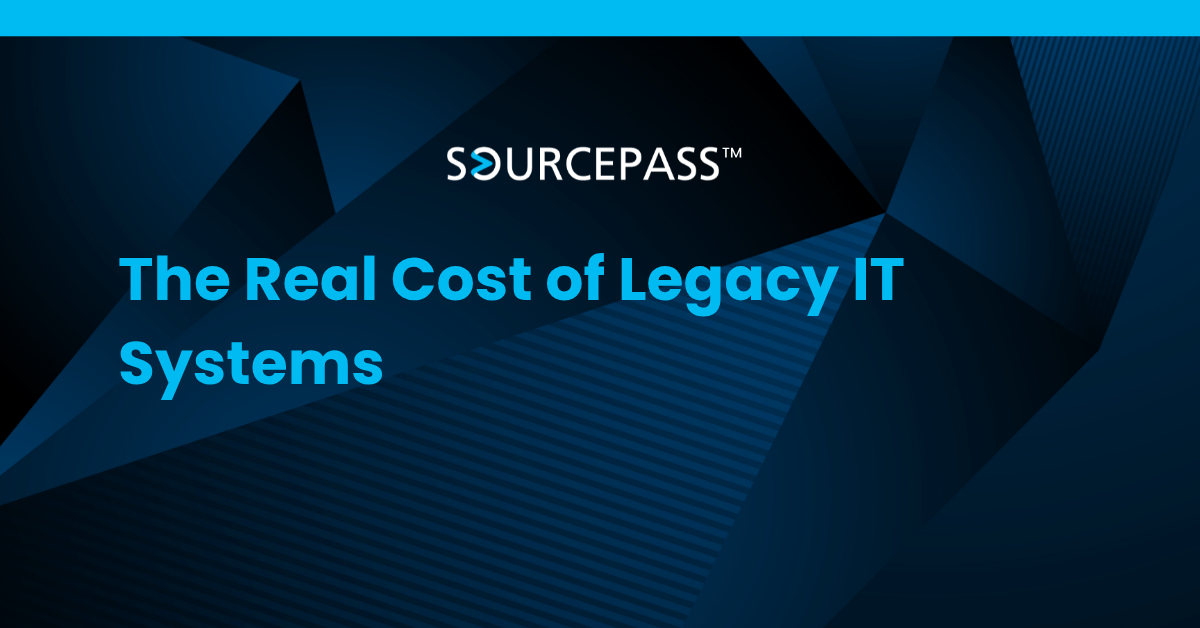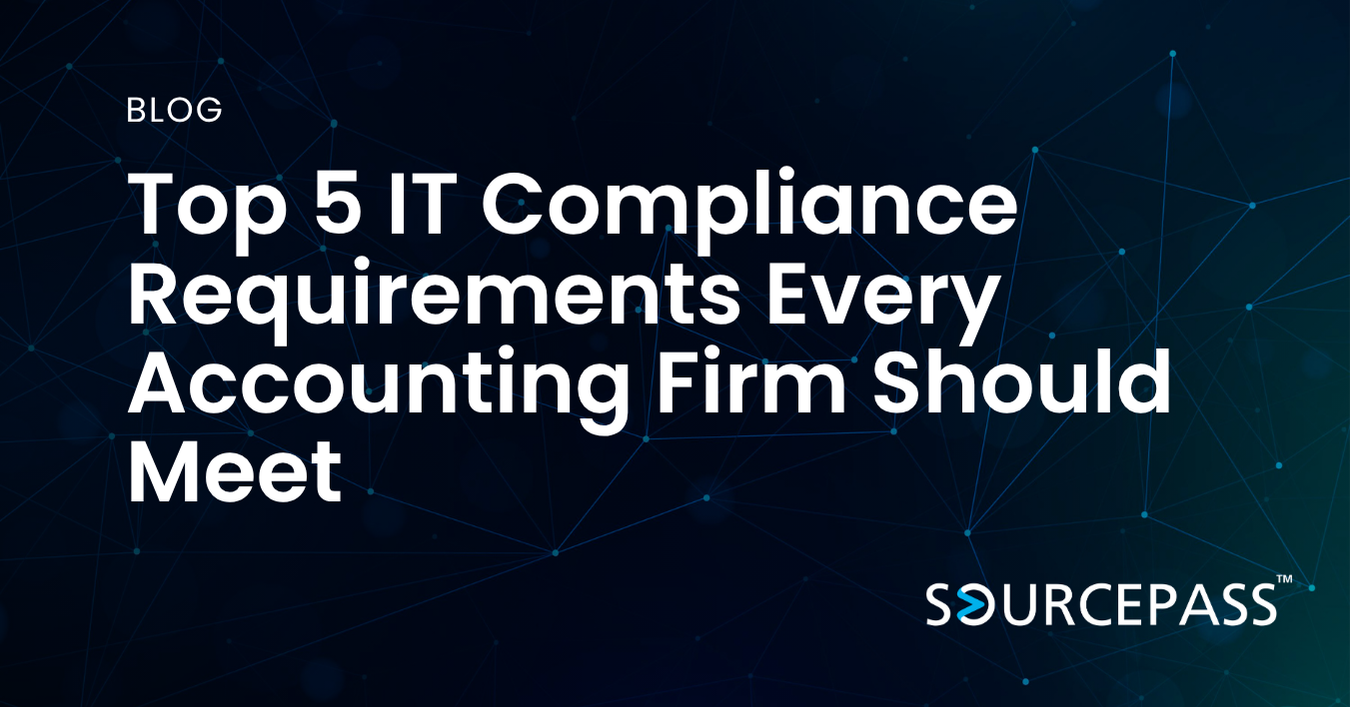The Real Cost of Legacy IT Systems
Nov 07, 2025 Alex Davis Strategy & Modernization | Costs & Budget 2 min read



Many organizations hold onto legacy systems longer than they should, assuming that avoiding upgrades saves money. In reality, outdated technology often carries significant hidden costs—from lost productivity to rising security risks. Modernization is no longer just an IT goal; it is a business necessity.
The Hidden Costs of Legacy Systems
Legacy systems may appear cost-effective because they are already paid for, but maintaining them often becomes increasingly expensive. Direct expenses such as support fees, licensing, and custom integrations continue to rise. Indirect costs are even more damaging, including slow performance, limited scalability, and missed opportunities for innovation. Over time, these inefficiencies drain resources and reduce competitive agility.
Operational Inefficiency and Barriers to Innovation
Older platforms rarely integrate with modern tools, forcing employees to rely on manual processes and workaround solutions. This tech debt slows digital transformation efforts and makes launching new services difficult or impossible. Without modern infrastructure, organizations struggle to automate workflows, access real-time data, or support remote teams.
Security Risks of Unsupported Technology
Unsupported software significantly increases cyber risk. Legacy systems often lack critical patches and cannot support modern security protocols or multifactor authentication. This exposes organizations to ransomware, data breaches, and compliance violations. What was once a stable platform can quickly become a security liability.
Compliance and Legal Exposure
Regulatory requirements such as HIPAA, GDPR, SOX, and PCI-DSS demand secure data handling and traceability. Legacy platforms often fail to provide audit trails, encryption, or reliable data retention. These compliance gaps can lead to significant fines and long-term reputational damage.
Talent and Operational Challenges
Top IT talent expects modern tools and environments. Maintaining outdated systems makes recruitment more difficult and increases dependency on niche skill sets that are costly to source. Operational teams struggle with slow reporting, manual data entry, and fragmented workflows, reducing overall productivity.
The ROI of Modernization
Upgrading legacy systems is an investment with measurable returns. Modern infrastructure enables automation, enhances data insights, strengthens security, and supports scalability. Organizations that modernize gain agility, improve employee satisfaction, and position themselves for long-term growth.
Conclusion: It’s Time to Move Forward
Legacy systems may seem cost-effective, but the hidden financial, operational, and security impacts often outweigh the perceived savings. A strategic modernization plan reduces risk, lowers long-term costs, and builds a foundation for innovation. Organizations that act now are better equipped to compete and grow.
Frequently Asked Questions
What qualifies as a legacy system?
A legacy system is any outdated software or hardware that lacks vendor support, integration capabilities, or security updates.
Why are legacy systems expensive to maintain?
They require specialized knowledge, custom fixes, and often include high licensing or support fees that increase over time.
How do legacy systems create security risks?
They lack modern security patches and protocols, making them vulnerable to known exploits, ransomware, and data breaches.
When should a system be modernized?
Consider modernization when systems hinder performance, pose compliance risks, or prevent integration with current technologies.
What is the ROI of IT modernization?
Modernization delivers long-term value through automation, reduced downtime, stronger security, and improved operational efficiency.
Subscribe To
Sourcepass Insights
Sourcepass Insights
Stay in the loop and never miss out on the latest updates by subscribing to our newsletter today!


